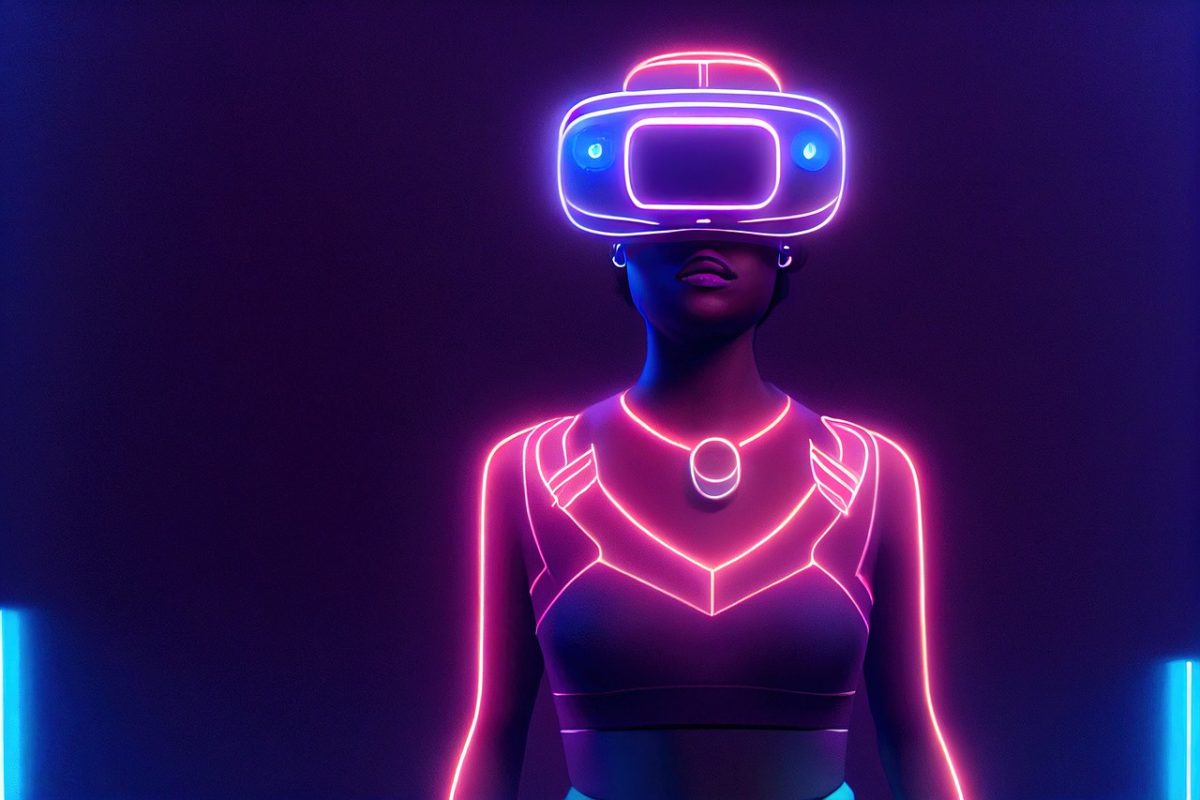There is a new technology by Apple. What does this technology mean? Most of us have no clue. Do you wish to know about this technology? This section will enlighten you.
VR headsets have existed for quite some time, and they are the devices that offer the unique experiences of virtual reality. However, how is the new technology different from VR? We can start by defining reality. Reality is your understanding and your world based on your perceptions. What your senses process is the reality. What you feel is real. A theoretical framework called the Virtuality Continuum scales the range of reality to virtuality and can explain a few concepts of realities. At one end of the scale is the real world, and at the other is the virtual world or virtual reality (VR). In between, there is augmented reality (AR) and mixed reality (MR), and then there is an umbrella term that covers all of these realities, including the real world, called extended reality (XR).
In Detail, The Unreal And Up
VR, Virtual reality is a fully digital environment; your senses perceive the digital information as realistic. This experience blocks out the real world. Yet, at the moment, your experience is real. Next up, is between the virtual and real experience called mixed reality, which involves an overlay of digital elements with the ability to interact with real and digital objects. There can be changes to the environment to be more realistic or more virtual, but the structures will not change to be different from the forms of items and boundaries of the environment. This reality is where a virtual keyboard can be interacted with, or your sofa can become a hovering seat on display; you can interact with them. Following mixed reality, augmented reality is perceiving a real-world environment super positioned or overlaid with digital elements but not given the ability to interact with digital elements. It is closer to the real world.
The Apple Vision
Virtual reality has developed since the mid-1900s to have different displays of 3D views due to differing sensory inputs. Today, VR headsets with their handles give keys to gaming experiences. Apple Vision Pro uses spatial computing. Spatial computing is the way to create human-computer interactions that bring the virtual and reality together. This computing brings extended reality, computer vision, and AI into the core of the technology. For the user, it offers human interactions with computers to manipulate objects from virtual to reality. It is a mixed reality headset. From the eye tracking technology that can take hand gestures to process interactions to spatial video with 3D depth, Apple has a vision for the future. This technology is getting more interest as the public is educated more about it. However, No Netflix, no YouTube, and no signature app are the downfalls of the device on the user side right now. The experience it can offer is limited. Yet, Apple’s yearly refinement cycle could make this technology the next thing following the iPhone.
And the Future
Spatial computing is a milestone in working towards a metaverse or a 3D virtual reality universe, except they can feel every stimulus in their virtual surroundings. Spatial computing technology is a concept that is not practical yet due to the high cost, unknown necessity, and less-interested customers. Many companies like Meta and Nvidia are working towards this future of spatial computing. There is an increase in rough idea technologies that work towards augmented reality and AI assistance in VR. For example, The Xreal Air 2 Ultra smart glasses allow users to interact with virtual elements using their hands through two 3D cameras or the AI-powered Ray-Ban Meta’s smart glasses that have an AI assistant that is in early-access testing. The most advanced technology will continue to be intertwined with each other as people’s ideas for the future grow to a greater level over time.

